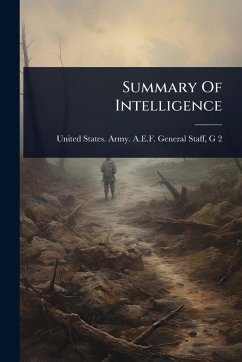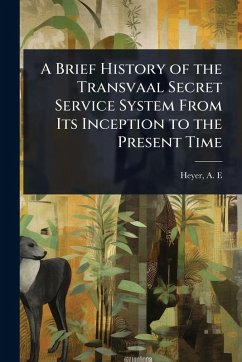
Intelligence Successes and Failures of the RIF Rebellion

PAYBACK Punkte
7 °P sammeln!
During 1925-1926, the French found themselves locked into a fight to maintain their colonial power in French Morocco. This paper evaluates the use of French intelligence both prior to and during the confrontation and seeks to answer several questions relevant to current counter-insurgencies. It appraises the intelligence preparation of the battlefield in regards to geospatial information and weather as well as cultural awareness. In concert with the latter, it appraises the French use of human intelligence (HUMINT) from the stand point of both their ability to thoroughly understand the enemy a...
During 1925-1926, the French found themselves locked into a fight to maintain their colonial power in French Morocco. This paper evaluates the use of French intelligence both prior to and during the confrontation and seeks to answer several questions relevant to current counter-insurgencies. It appraises the intelligence preparation of the battlefield in regards to geospatial information and weather as well as cultural awareness. In concert with the latter, it appraises the French use of human intelligence (HUMINT) from the stand point of both their ability to thoroughly understand the enemy and their ability to establish and exploit a local HUMINT network. It also takes a look at two types of intelligence new to warfare of that time. French had recently fielded radios for use in the tactical environment presenting the colonial forces commander an electronic signals communications capability. This work has been selected by scholars as being culturally important, and is part of the knowledge base of civilization as we know it. This work was reproduced from the original artifact, and remains as true to the original work as possible. Therefore, you will see the original copyright references, library stamps (as most of these works have been housed in our most important libraries around the world), and other notations in the work. This work is in the public domain in the United States of America, and possibly other nations. Within the United States, you may freely copy and distribute this work, as no entity (individual or corporate) has a copyright on the body of the work. As a reproduction of a historical artifact, this work may contain missing or blurred pages, poor pictures, errant marks, etc. Scholars believe, and we concur, that this work is important enough to be preserved, reproduced, and made generally available to the public. We appreciate your support of the preservation process, and thank you for being an important part of keeping this knowledge alive and relevant.












